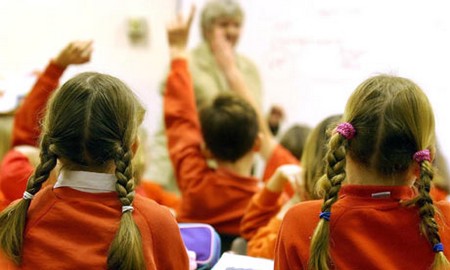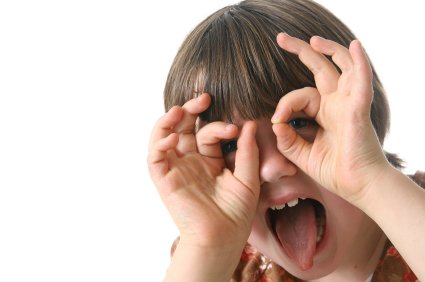Hyperactive pupils’ bodies are driven to move constantly and it might be said that you can either have them sitting still or paying attention, but to do both is asking too much. For these pupils the trick is to find something that allows them to move without distracting you, other pupils or indeed themselves too much.
A box of acceptable fidget toys kept on your desk that can readily be supplied to any pupil in need of a ‘fidget’ is often useful. The Ability Toolbox created a sensory toys guide to help you find the right fidgets for your needs. There should be classroom rules about how the fidget toy may or may not be used and it should be returned to the box at the end of the lesson so that another can be used at a later date – novelty of the fidget toy is often important and what works one day may not the second, so an ever-changing creative collection is needed.
A fidget box might include:
A variety of squishy toys

Koosh Balls
Different types of fabric – ribbons are useful (velvety, shiny, springy etc.)
Interesting erasers and pencil sharpeners
Interesting pens and pencils
Small toys which move without sound
Pieces of Blu-Tack – or similar putty.
You may also allow them to play with big foam blocks.
Allow acceptable movement. Have a stretch break for all the pupils and get them to do ten chair push-ups, or touch their toes ten times. Make the pupils with ADHD responsible for handing out papers, sharpening pencils or opening the door for visitors.
Placing a rubber, inflated (Move ‘n’ Sit) cushion (see www.backinaction.co.uk/move-n-sit) on the child’s chair requires the pelvic and trunk muscles to constantly adjust in order to keep the body upright. These movements are often sufficient to satisfy the body’s need to move, allowing the pupil to focus better on seated tasks. A cheaper option is to use a beach ball partially inflated and placed on a chair – this can have the same effect but will need to be replaced more frequently.

Other chairs that allow for movement such as office chairs, rocking chairs and ball chairs (a chair made from a frame that supports a large therapy ball) can be used to contain the movement in a more acceptable way and arc safer than having the child constantly rocking on the back legs of a classroom chair.
If these strategies do not work, putting something in their mouths can. For some people chewing gum works wonders and can help focus the mind! While this may not be allowed in many schools, it can be quite an effective strategy. Two pieces of gum require extra chewing and provide more intense stimulation to the receptors in the jaw. Pupils will often chew things, shirt sleeves, collars, finger nails, pencils, so finding something acceptable to chew on can be important. Plastic therapy tubing is sometimes used to make a necklace that can be chewed.